43 analyze food labels for energy content
PDF Better Nutrition by Analyzing Food Labels Overview: Students will learn how to interpret food labels and analyze the nutritional composition of foods. They will do so mainly through applying an understanding of percent. To a lesser degree they will write some basic formulas and will also construct a triple bar graph. _____ Student Activities: Better Nutrition by Analyzing Food Labels The Basics of the Nutrition Facts Label A food item with a 5% DV of fat provides 5% of the total fat that a person who needs 2,000 calories a day should eat. You may need more or less than 2,000 calories per day. This means that you may need more or less than 100% DV that is listed on the package for some nutrients. Low is 5% or less.
The Importance of Reading the Food Label and Nutritional Facts The label changes now require that vitamin D, potassium, iron and calcium content be included here, along with the percent daily values for each. You should aim for high levels of these nutrients. Vitamins A and C are no longer required, but they are still important to our diets. 6. Ingredient List Finally, there's the ingredient list.
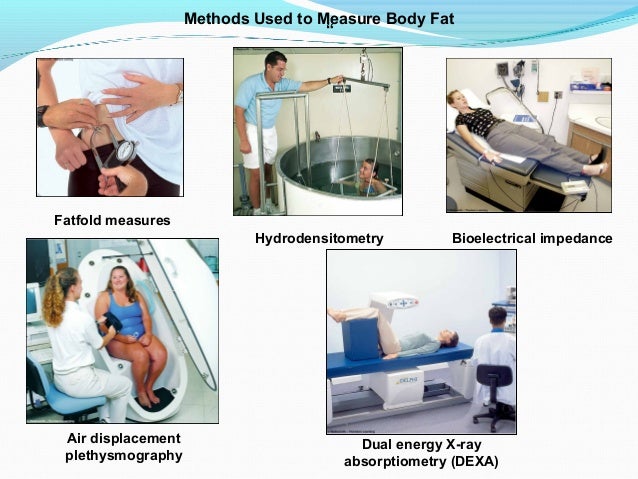
Analyze food labels for energy content
Food labels & nutritional information | Raising Children ... Fats, protein and carbohydrates all provide your body with the energy or kilojoules you need to function and do your daily activities. When comparing similar foods, lower energy usually means lower fat or sugar, which means that the food is a better choice for most people. Fat, sugar and salt How to understand food labels - Eat For Health The Nutrition Information Panel on a food label offers the simplest and easiest way to choose foods with less saturated fat, salt (sodium), added sugars and kilojoules, and more fibre. It can also be used to decide how large one serve of a food group choice or discretionary food would be and whether it's worth the kilojoules. PDF Calorimetry: Measuring the Energy in Foods 5. Calculate the energy content of the food in kilocalories/gram. 1.65 kcal/1.5 g = 1.1 kcal/g 6. Using information on the nutrition label of the food sample, calculate the food manufacturer's kilocalories/gram. (Divide calories per serving by the number of grams in a serving.) 90 Cal/ 38 g = 2.37 kilocal/gram 7.
Analyze food labels for energy content. Chapter 3: Calculation of The Energy Content of Foods ... determining the energy content of foods depends on the following: 1) the components of food that provide energy (protein, fat, carbohydrate, alcohol, polyols, organic acids and novel compounds) should be determined by appropriate analytical methods; 2) the quantity of each individual component must be converted to food energy using a generally … How to Determine the Nutritional Value of Food - FoodCrumbles Besides that some other groups can contribute to the energy content: alcohols, polyols, fibre and organic acids. But in most foods the carbohydrates, proteins, fats and fibre take up most of the energy content. Understanding food labels: portions, energy | Health24 When next you look at a food label that says 'low in energy', first check the label to see how much energy it really contains. That energy bar we were discussing earlier may contain as much as 500kJ per 50g portion (which means it contains 1000kJ per 100g). Therefore, it is anything but 'low in energy'. Energy content of slimming products Reading Food Labels (for Parents) - Nemours KidsHealth Almost all foods have small amounts of sodium, but many processed foods are high in sodium. Total Carbohydrate Carbohydrates are an important source of energy. The food label gives total carbohydrates along with fiber, total sugars, and added sugars. Dietary Fiber Dietary fiber itself has no calories and is a necessary part of a healthy diet.
Food Labels - Nutrition.gov The U.S. Food and Drug Administration (FDA) has updated the Nutrition Facts label on packaged foods and beverages with a fresh design that will make it easier for you to make informed food choices that contribute to lifelong healthy eating habits. The Science Behind Calories and Nutrition Facts Labels ... The calorie number we see on food labels refers to a kilocalorie (kcal), which is also known as a large calorie or a food calorie. A kilocalorie is 1 000 calories. One kilocalorie is the amount of energy it takes to heat one kilogram of water one degree Celsius at sea level. How to Understand and Use the Nutrition Facts Label | FDA Dietary fiber, vitamin D, calcium, iron ad potassium are nutrients on the label that Americans generally do not get the recommended amount of. They are identified as nutrients to get more of.... PDF Energy Content of Foods Your Name Lab Partners: Period ... The data showed that high fat foods have more energy than high sugar foods which was expected. The food with the highest energy content per gram was the peanut at 6186.4 J/g. The food with the lowest energy content per gram was the marshmallow at 362.3 J/g. This
Energy Content of Food Lab Report Answers - SchoolWorkHelper Takedown all the readings. Repeat steps 1 to 12 for 3 times for each different type of chip. Find the average initial temperature, final temperature, and mass of the food sample. Use the formula, Energy = Volume of water x (initial-final temperature) x 4.2/ mass of food sample. For each different type of chips Practical 1.3 - Investigate the energy content of food ... A simple investigation can be conducted to investigate the energy content of a food sample. Procedure. Add water - around 20cm 3 - to a boiling tube clamped in a retort stand. Food labels: a guide to reading nutrition labels - MyDr.com.au A food making a 'diet' claim must meet some criteria regarding the content of nutrients of public health significance (saturated fat, sugars and sodium) and must either have no more than 80 kJ/100 mL (for liquid foods) or 160 kJ/100 g (for solid foods) or must have at least 40% fewer kilojoules than the same quantity of a reference food. PDF Food Labeling Guide - FDA Office of Nutrition, Labeling, and Dietary Supplements HFS-800 Center for Food Safety and Applied Nutrition Food and Drug Administration 5100 Paint Branch Parkway College Park, MD 20740 (Tel)...
How is the caloric value of food determined? | Office for ... A food calorie is actually a "kilocalorie.". In other words it is the amount of energy needed to raise the temperature of one liter of water by one degree. Originally, the calorie content of a food was measured in a calorimeter. A known amount of food, which has had its water content evaporated, was placed in a container surrounded by a ...
Learn How the Nutrition Facts Label Can Help You Improve ... Using the label can help you choose foods for a healthy diet. The label is required on all packaged foods made in the United States and imported from other countries. The US Food and Drug Administration (FDA) issued regulations in 2016 to update the Nutrition Facts label. This was the first major change to the label since it was introduced in 1994.
How to calculate the Energy available from foods To calculate the energy available from a food, multiply the number of grams of carbohydrate, protein, and fat by 4,4, and 9, respectively. Then add the results together. For example, 1 slice of bread with a tablespoon of peanut butter on it contains 16 grams carbohydrate, 7 grams protein, and 9 grams fat : 16g carbohydrate x 4 kcal/g = 64 kca l

(PDF) Efficacy of “High in” Nutrient Specific Front of Package Labels—A Retail Experiment with ...
How to Calculate Energy From Foods | livestrong Add the energy from carbohydrate, protein and fat. The total, in calories, is the energy content of the food. This is the same information available on a nutritional label, for those foods that provide nutritional information.
Energy labelling of alcoholic beverages In December 2021, FSANZ completed a preliminary analysis of regulatory and non-regulatory options for energy labelling of packaged alcoholic beverages to identify a preferred approach. This included targeted consultation with industry, public health, consumer and jurisdictional stakeholders. The key outcomes were:
Analyze_Data_Explore_Per 2.docx - NAME DATE CLASS ... The label provides useful information for identifying the energy content of food, the source of that energy, and other nutritional information. The figure shows two sample food labels. Notice that the largest font on the labels is used to show Calories, with a capital C.
Food Labels 101: Understanding the Nutrition Facts Label ... Foods high in cholesterol can increase your risk for heart disease. So, look for foods low in cholesterol, such as those found in a plant-based diet. Fats - Saturated and Trans. If the label indicates that the food is high in saturated fat (no more than 20 grams total for the day), then it is not an ideal food for a heart healthy diet.
Investigating the Energy Content of Foods - Vernier Food supplies energy for all animals—without it we could not live. The quantity of energy stored in food is of great interest to humans. The energy your body needs for running, talking, and thinking comes from the foods you eat. Not all foods contain the same amount of energy, nor are all foods equally nutritious for you. An average person should consume a minimum of 2,000 kilocalories per day.
How Do You Know Your Food's Nutrition Facts Label Is ... It's the first major update to the labels in more than 20 years. The Food and Drug Administration (FDA) announced the new label format in May of 2016, and starting this year, food and beverage manufacturers must use it on all of their products. If you look on the side of your favorite cereal box, you will probably see the new label.
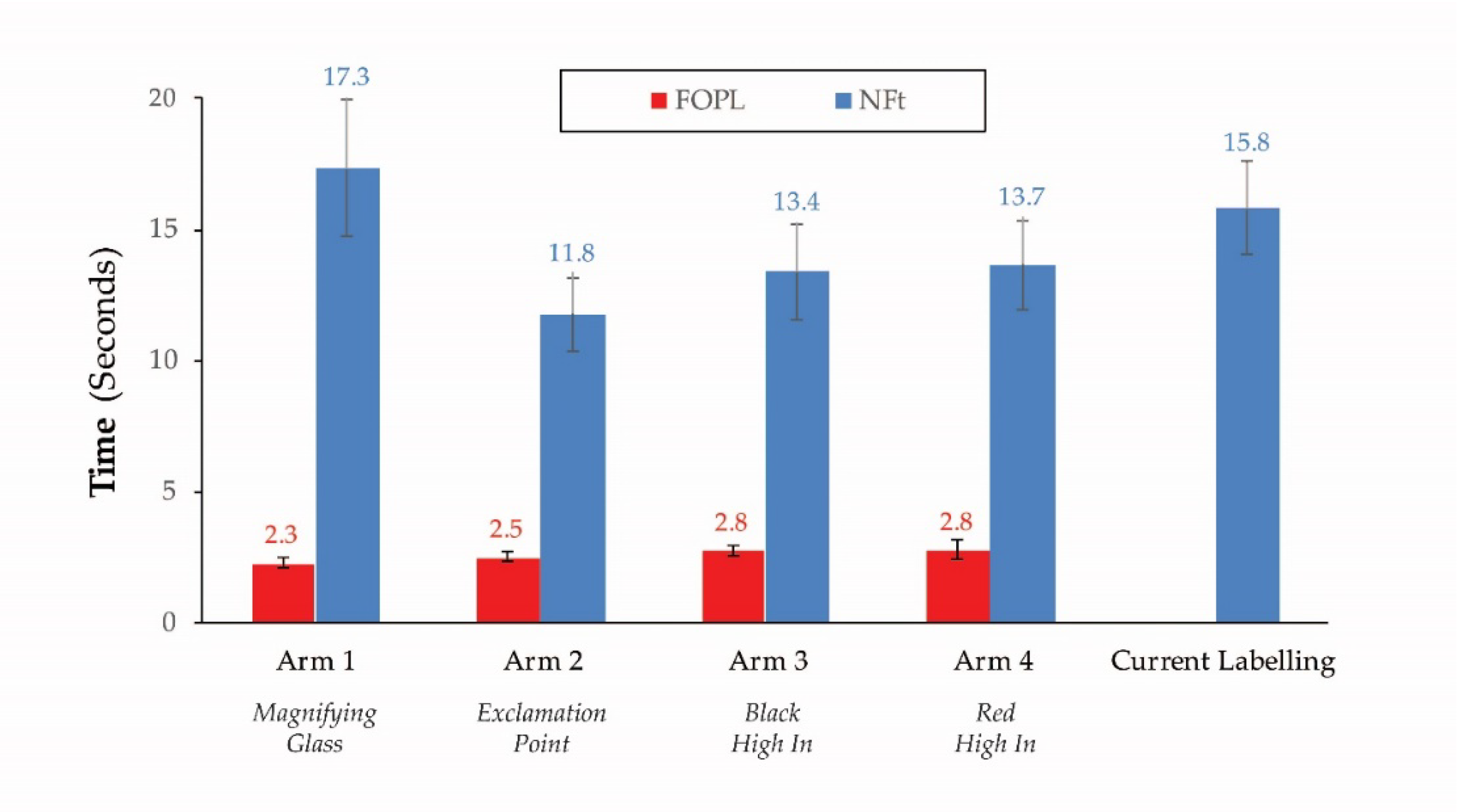
Nutrients | Free Full-Text | Efficacy of “High in” Nutrient Specific Front of Package Labels—A ...
Labelling-Determination of the energy content of food Currently used polyols include sorbitol and erythritol. Carbohydrates give average gross energy values of 4.2 kcal or 17.6 kJ per gram, fat gives 9.4 kcal, or 39.4 kJ per gram and protein gives 5.65 kcal or 23.7 kJ per gram. The conversion factors for joules and calories are: 1 kJ = 0.239 kcal; and 1 kcal = 4.184 kJ.
PDF Calorimetry: Measuring the Energy in Foods 5. Calculate the energy content of the food in kilocalories/gram. 1.65 kcal/1.5 g = 1.1 kcal/g 6. Using information on the nutrition label of the food sample, calculate the food manufacturer's kilocalories/gram. (Divide calories per serving by the number of grams in a serving.) 90 Cal/ 38 g = 2.37 kilocal/gram 7.
How to understand food labels - Eat For Health The Nutrition Information Panel on a food label offers the simplest and easiest way to choose foods with less saturated fat, salt (sodium), added sugars and kilojoules, and more fibre. It can also be used to decide how large one serve of a food group choice or discretionary food would be and whether it's worth the kilojoules.
Food labels & nutritional information | Raising Children ... Fats, protein and carbohydrates all provide your body with the energy or kilojoules you need to function and do your daily activities. When comparing similar foods, lower energy usually means lower fat or sugar, which means that the food is a better choice for most people. Fat, sugar and salt

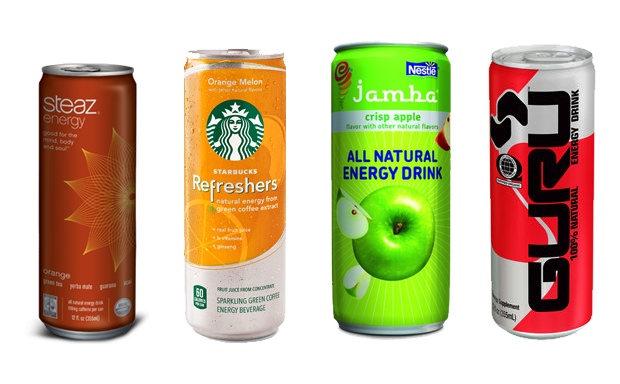
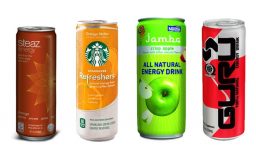






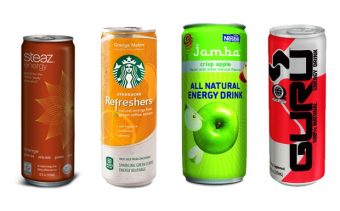

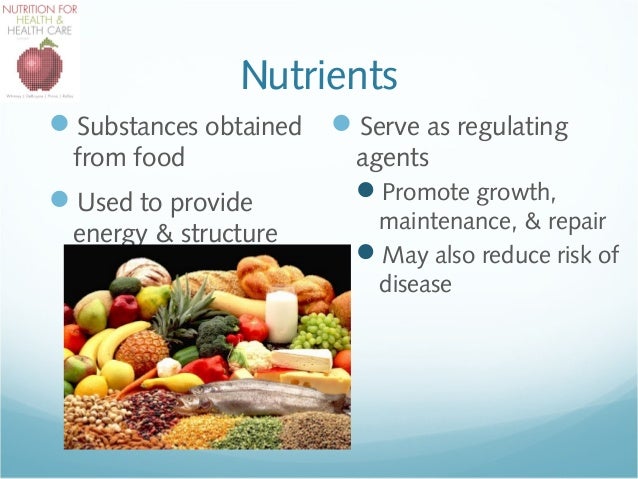

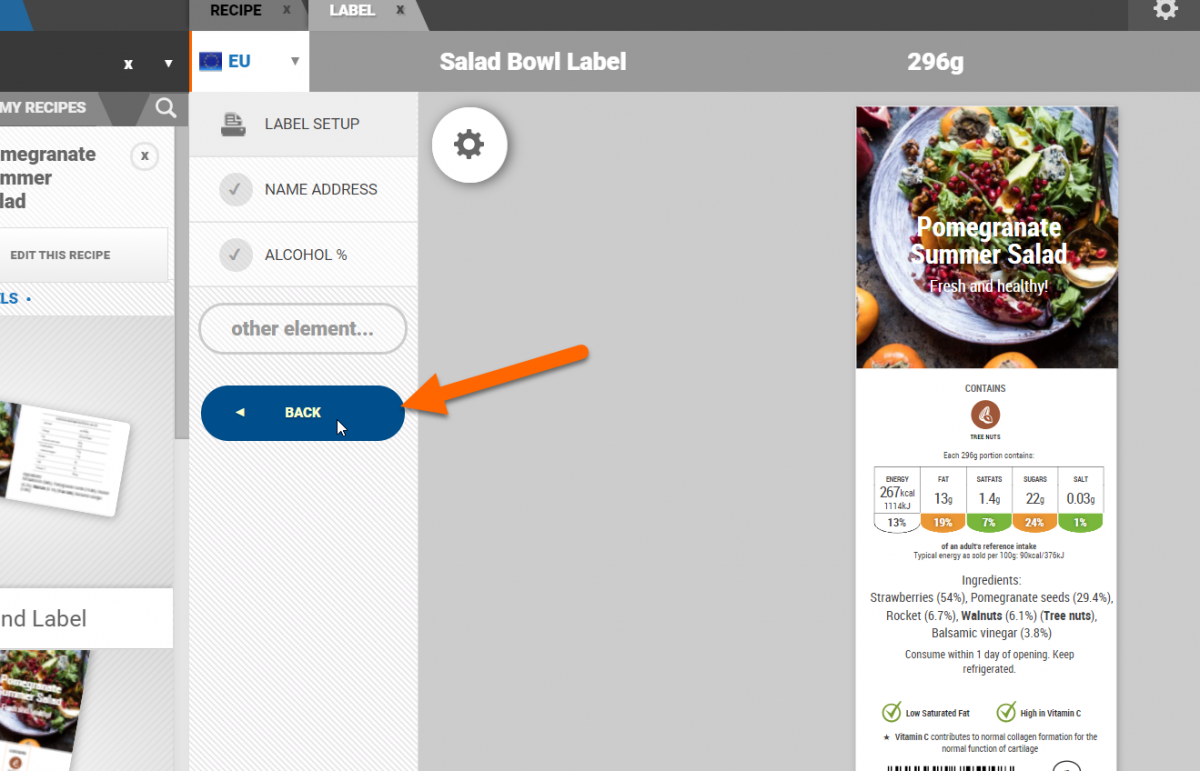
Post a Comment for "43 analyze food labels for energy content"